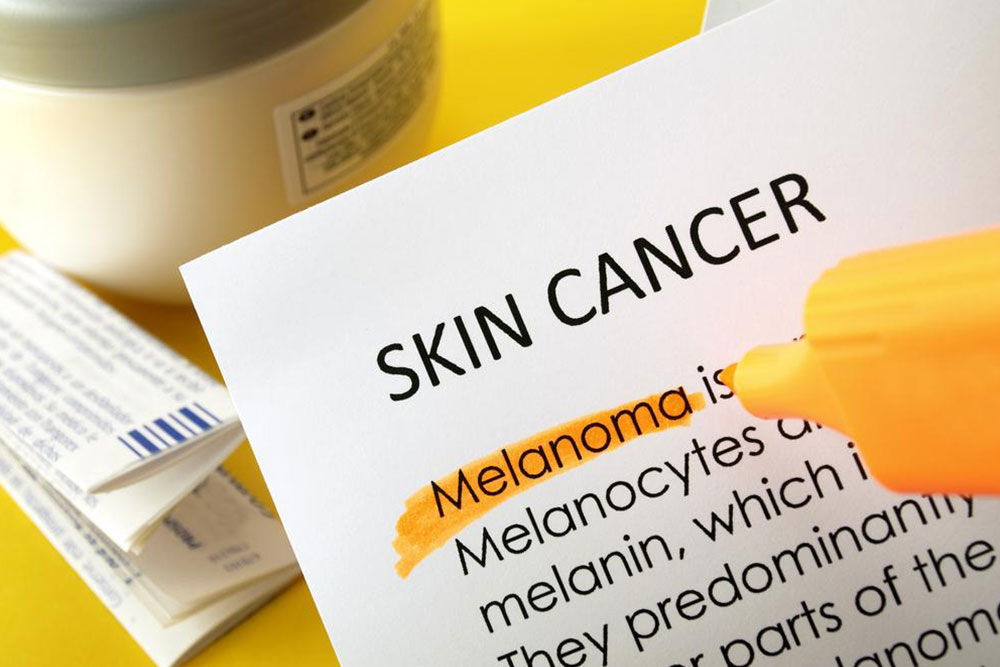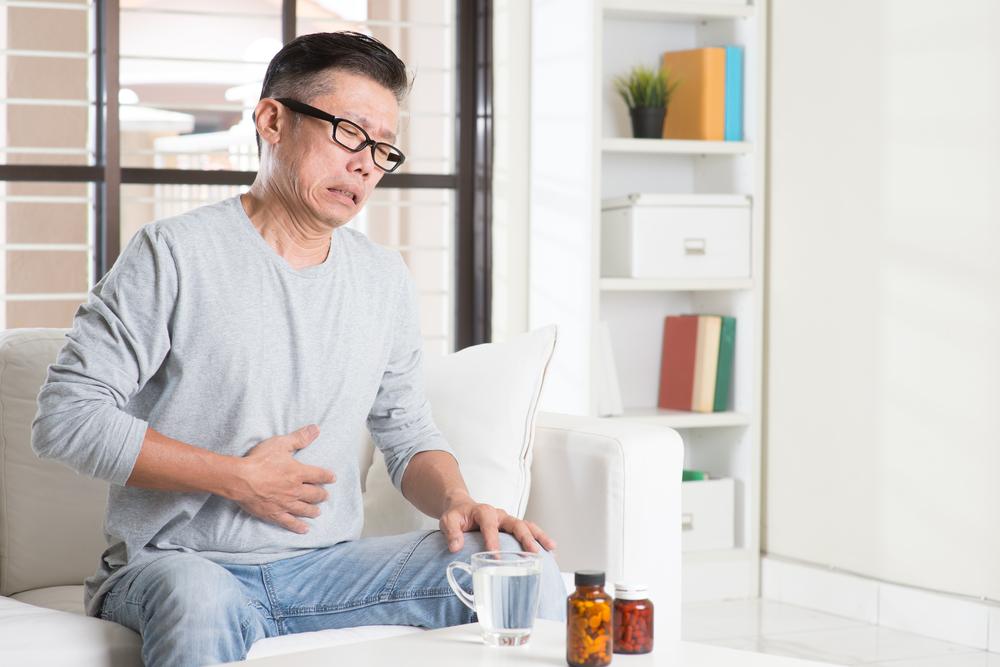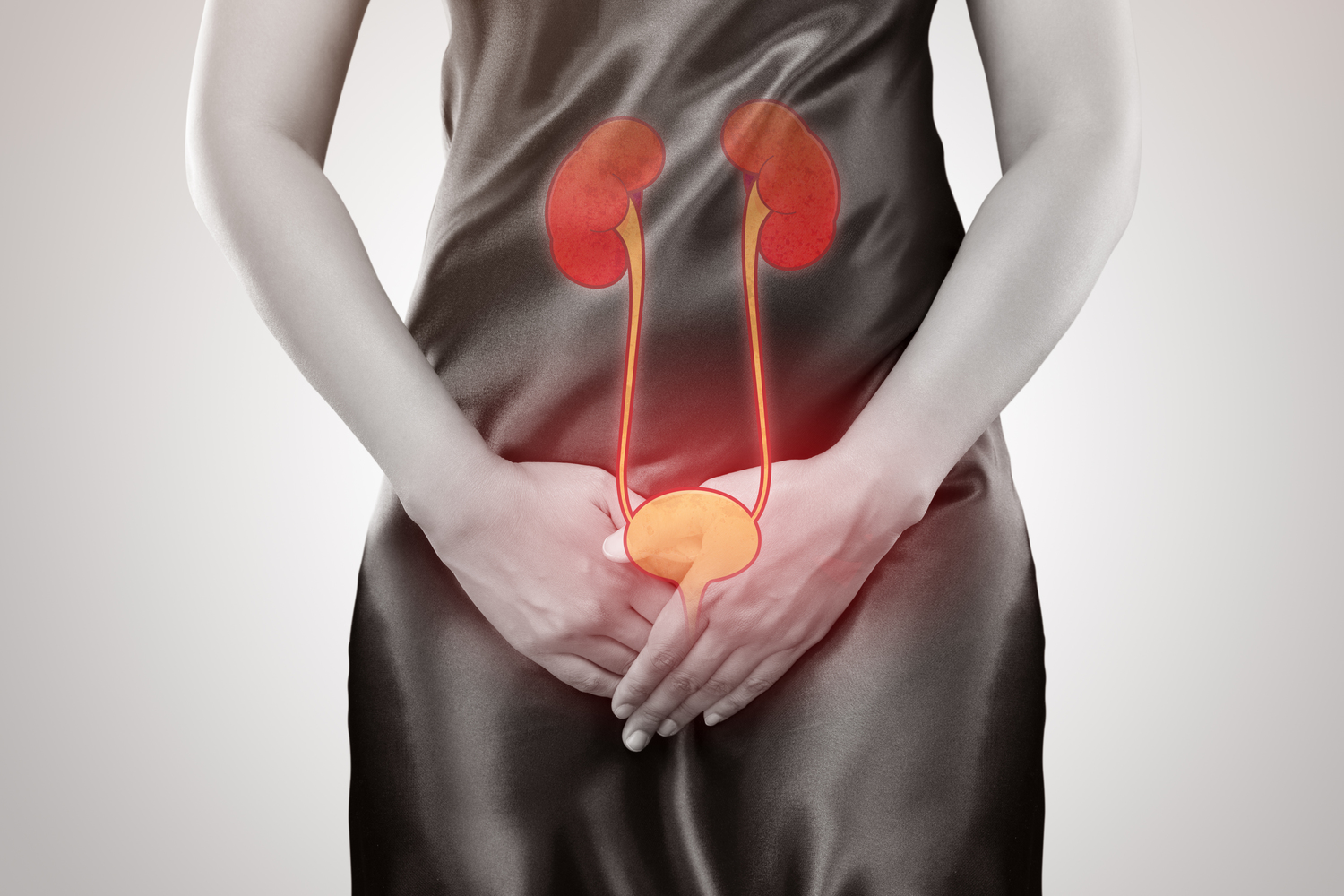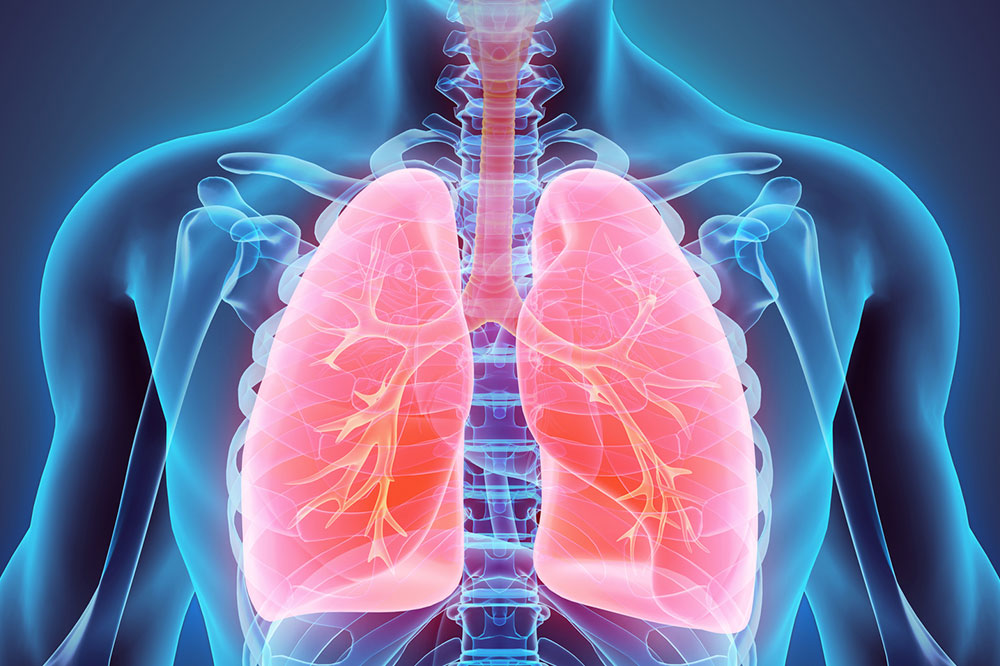Understanding Urinary Tract Infections: Causes, Symptoms, and Prevention
This comprehensive overview explains urinary tract infections (UTIs), including their causes, symptoms, risk factors, and home remedies. Women are more susceptible, and understanding prevention and treatment options is crucial for maintaining urinary health. The article emphasizes early recognition and good hygiene practices to minimize infection risks and suggests natural remedies alongside medical treatment for relief.
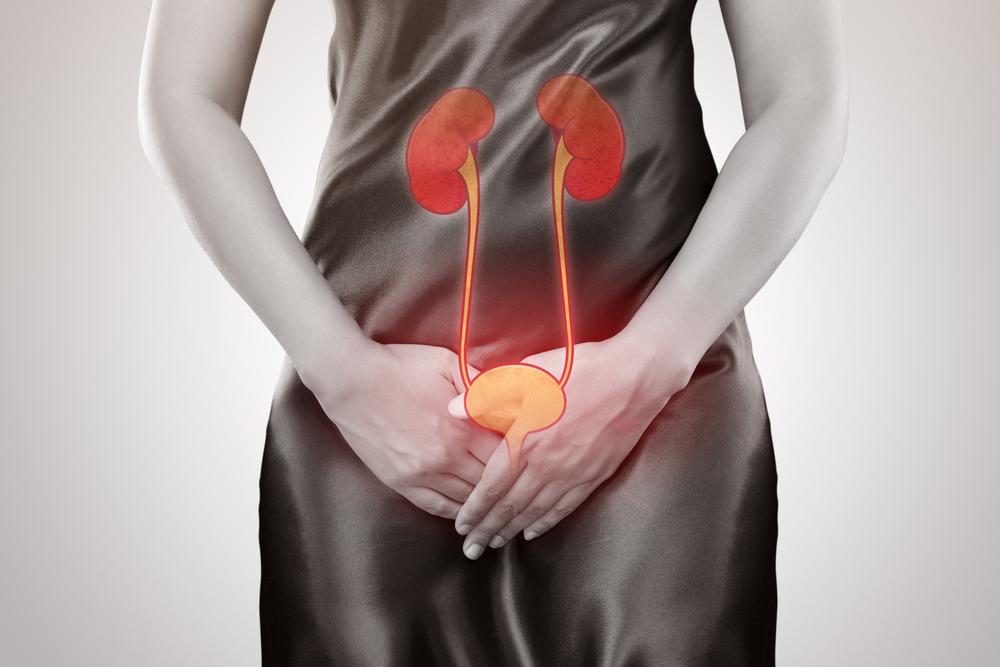
Understanding Urinary Tract Infections
Urinary tract infections (UTIs) are infections that can affect any part of the urinary system, including the urethra, bladder, ureters, and kidneys. Most often, UTIs target the lower urinary tract—which involves the bladder and urethra. Women are more prone to UTIs compared to men. An infection confined to the bladder can cause discomfort and pain, while spread to the kidneys poses serious health risks. Treatment generally involves antibiotics prescribed by a healthcare professional.
Additional home remedies can help alleviate UTI symptoms, and certain preventative measures can lower infection risk. Here, you'll find details about UTI symptoms, causes, and effective prevention strategies.
Common Signs and Symptoms of A UTI
A persistent urge to urinate, even when the bladder isn't full
Frequent urination in small amounts
Cloudy or discolored urine, possibly bloody
Strong-smelling urine
In women, pelvic pain around the pubic area may also be present.
What Leads to UTIs?
Bacteria entering the urinary tract often cause UTIs. Despite the system's defenses, bacteria can sometimes infiltrate and cause infection, especially in women where the bladder and urethra are more vulnerable. Common causes include:
Urethritis — Infection of the urethra, often caused by bacteria from the rectal area or sexually transmitted infections (STIs) like chlamydia, gonorrhea, or herpes.
Cystitis — Bladder infection mainly caused by Escherichia coli (E. coli), bacteria normally present in the gastrointestinal tract. Sexual activity can contribute, but women are at risk regardless of sexual activity due to anatomy.
Risks Contributing to UTI Development
Women are particularly at risk, with many experiencing at least one infection. Factors include:
Menopause — Decreased estrogen levels weaken urinary tract defenses.
Sexual activity — New or frequent partners increase infection chances.
Anatomy — Shorter urethra in women facilitates bacterial entry.
Birth control methods — Diaphragms and spermicides may elevate risk.
Additional factors — Urinary abnormalities, catheters, immune suppression, or recent urinary procedures heighten vulnerability.
Effective Home Remedies for UTI Relief
While antibiotics are often necessary, certain home strategies can help prevent or lessen symptoms, including:
Staying well-hydrated
Boosting vitamin C intake
Drinking unsweetened cranberry juice
Consuming probiotics
Maintaining proper hygiene and bathroom habits
Using natural supplements as recommended
Note:
This website provides informative content across various categories for educational purposes. While our research and data offer valuable insights, they should not replace professional medical advice. We disclaim responsibility for inaccuracies or differences encountered elsewhere. Always consult healthcare providers for diagnosis and treatment options.

